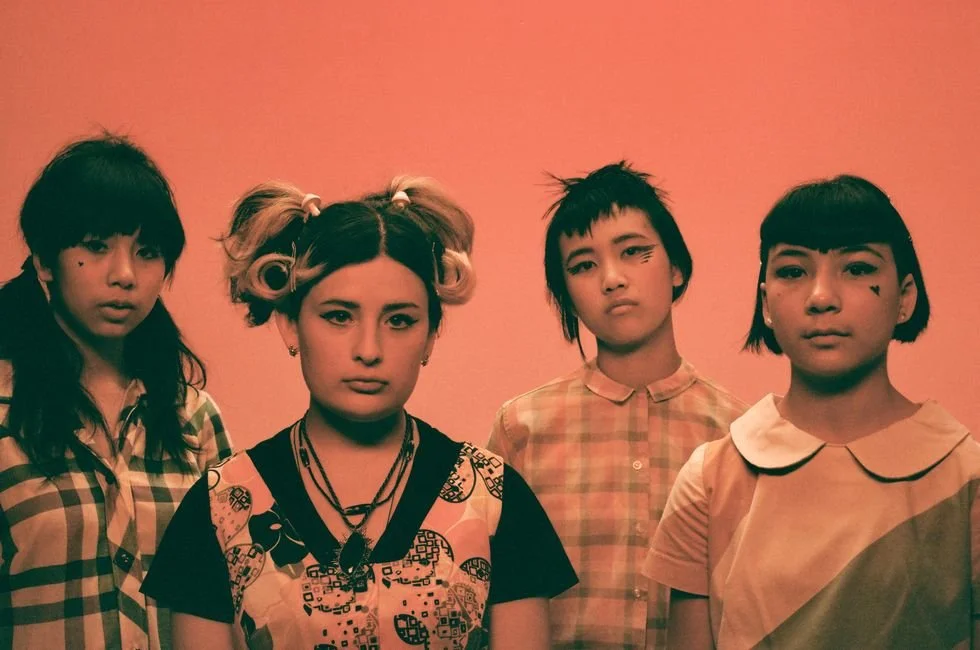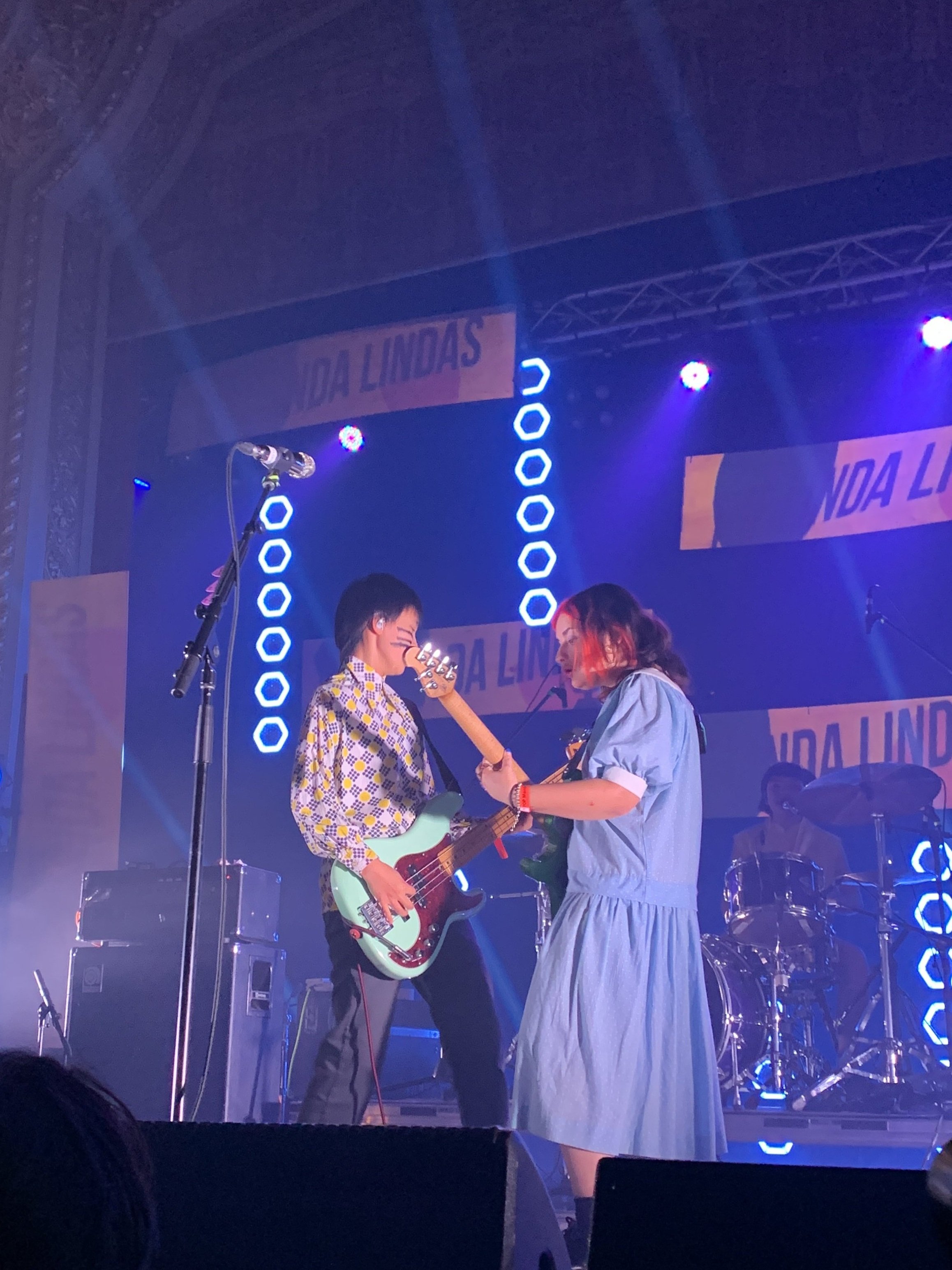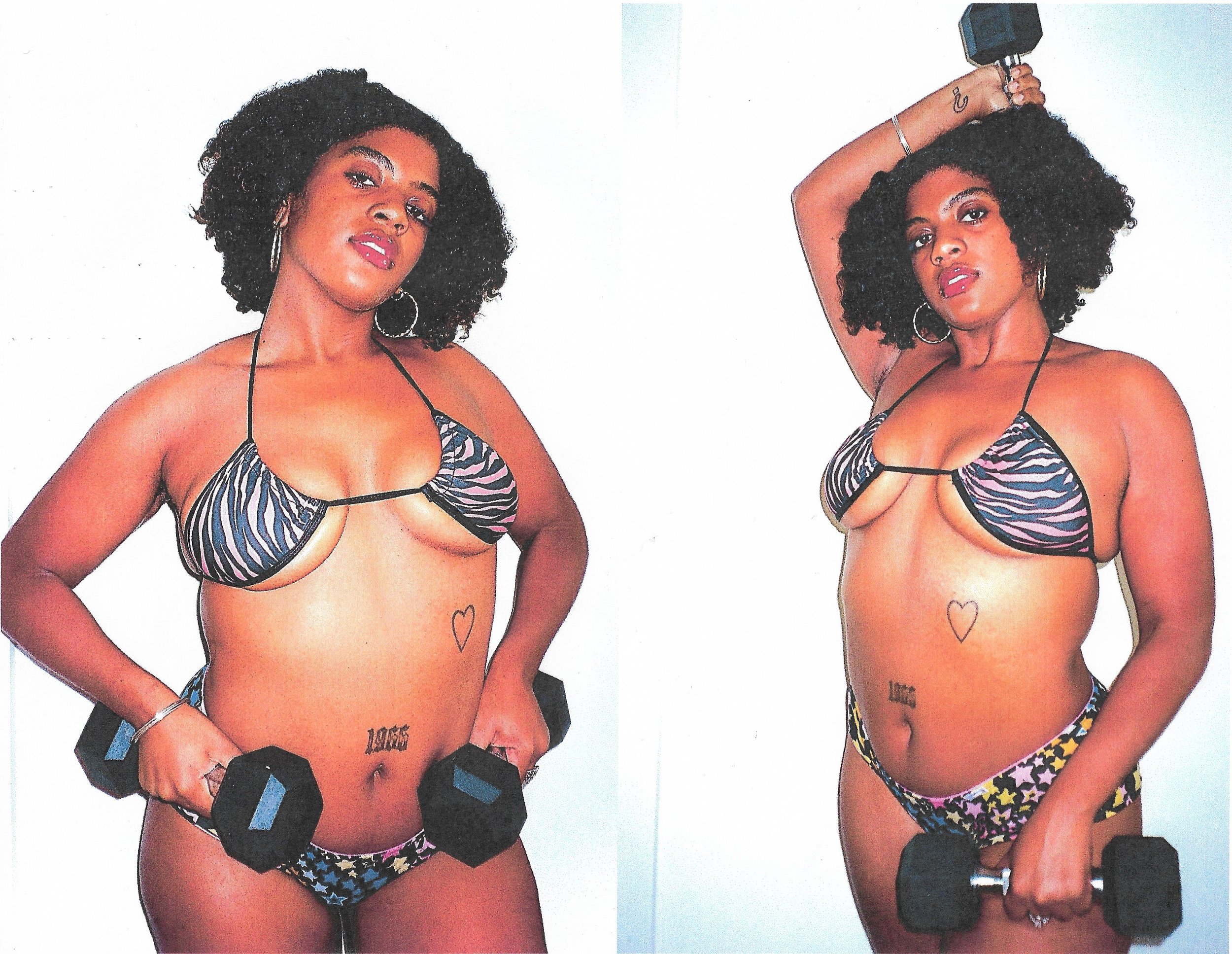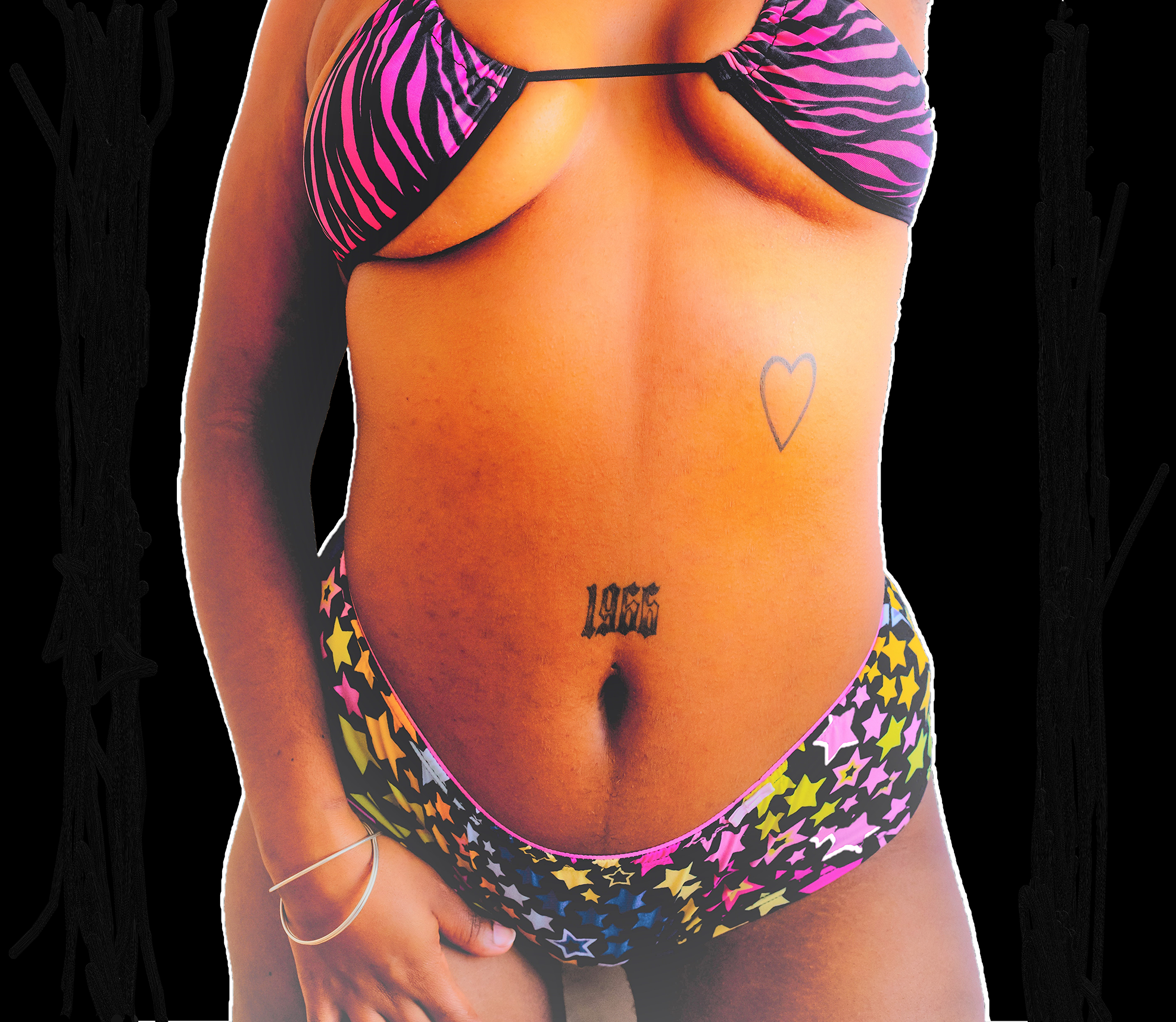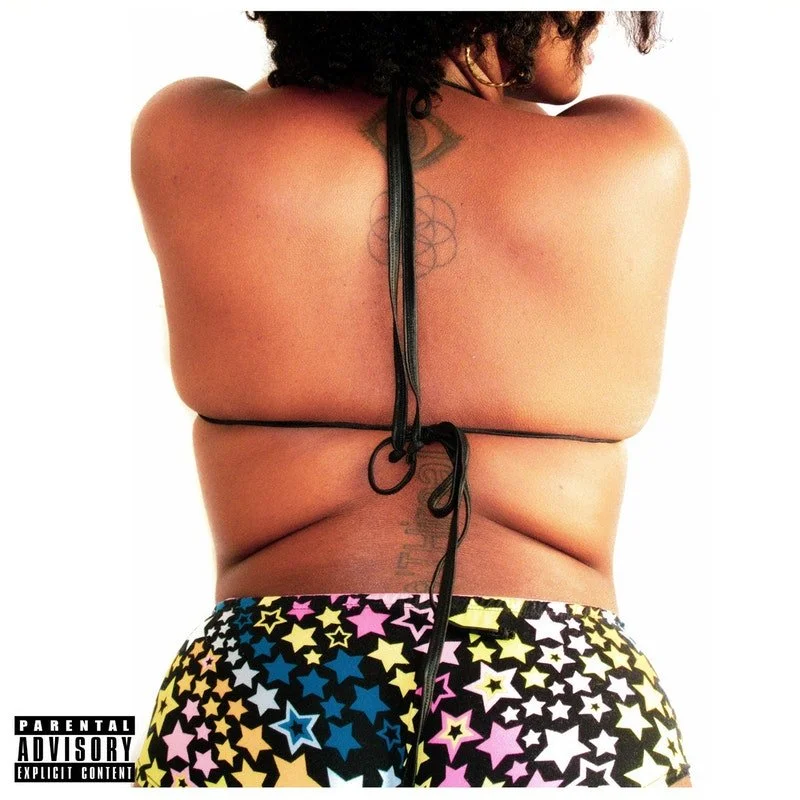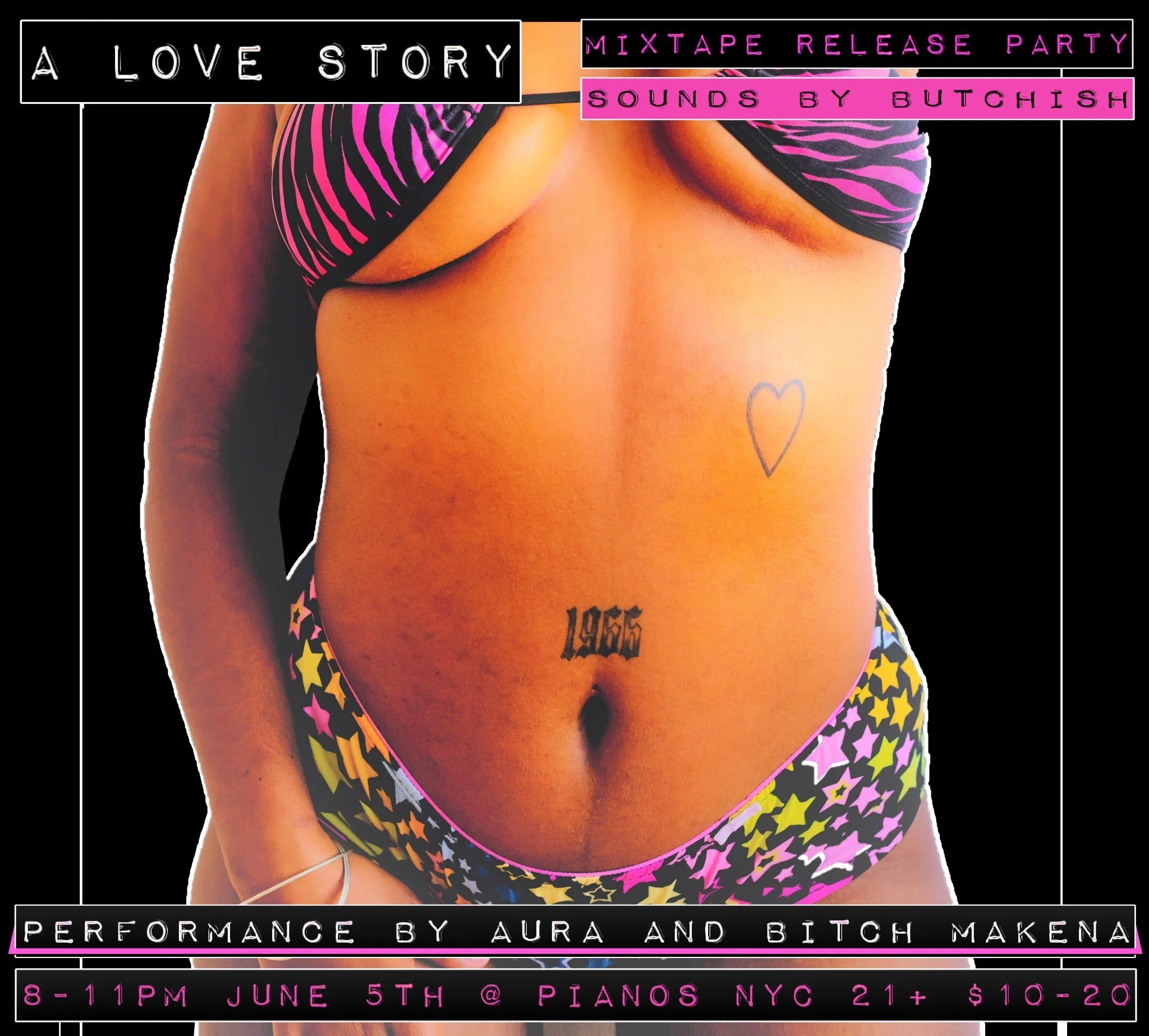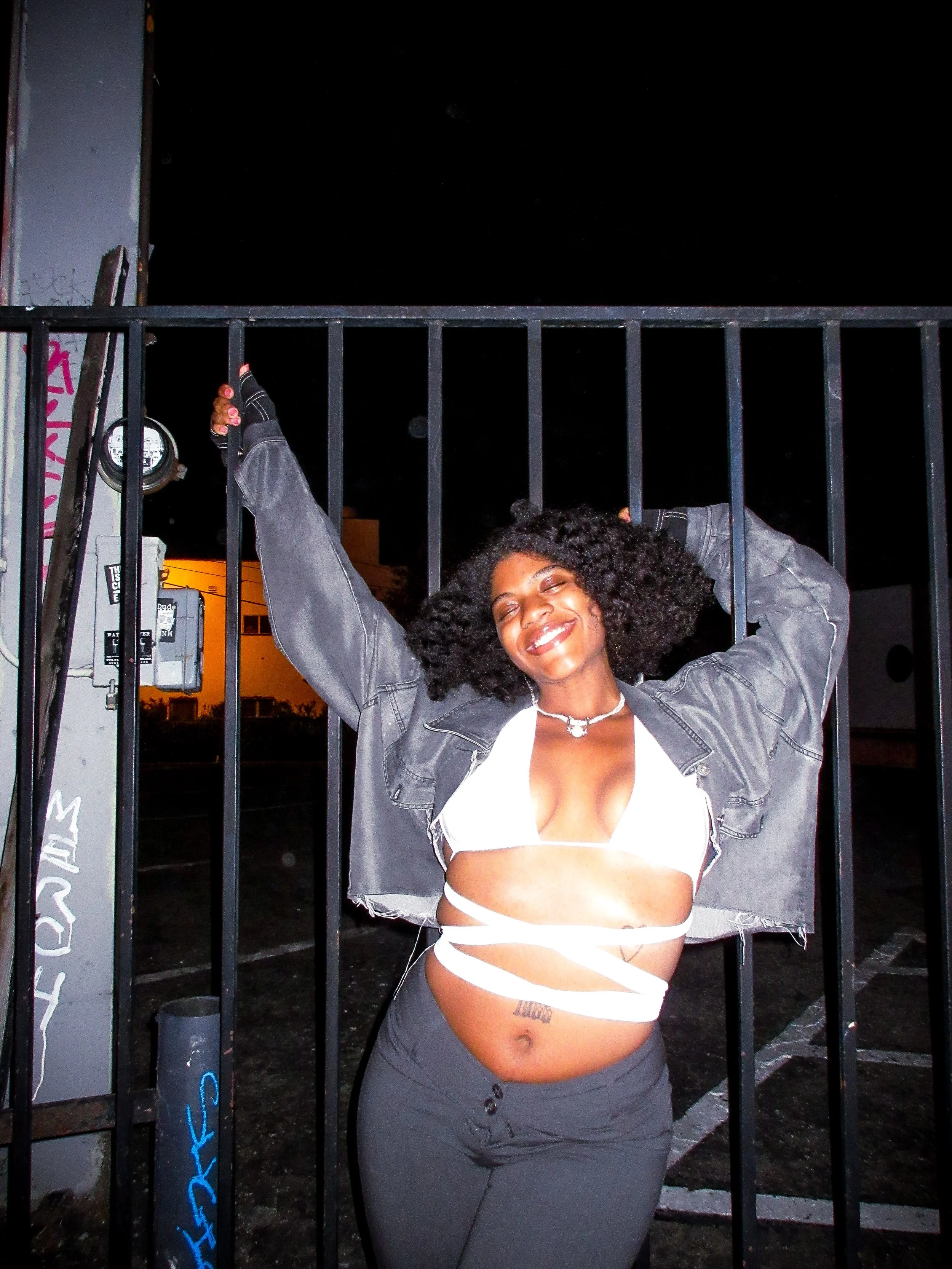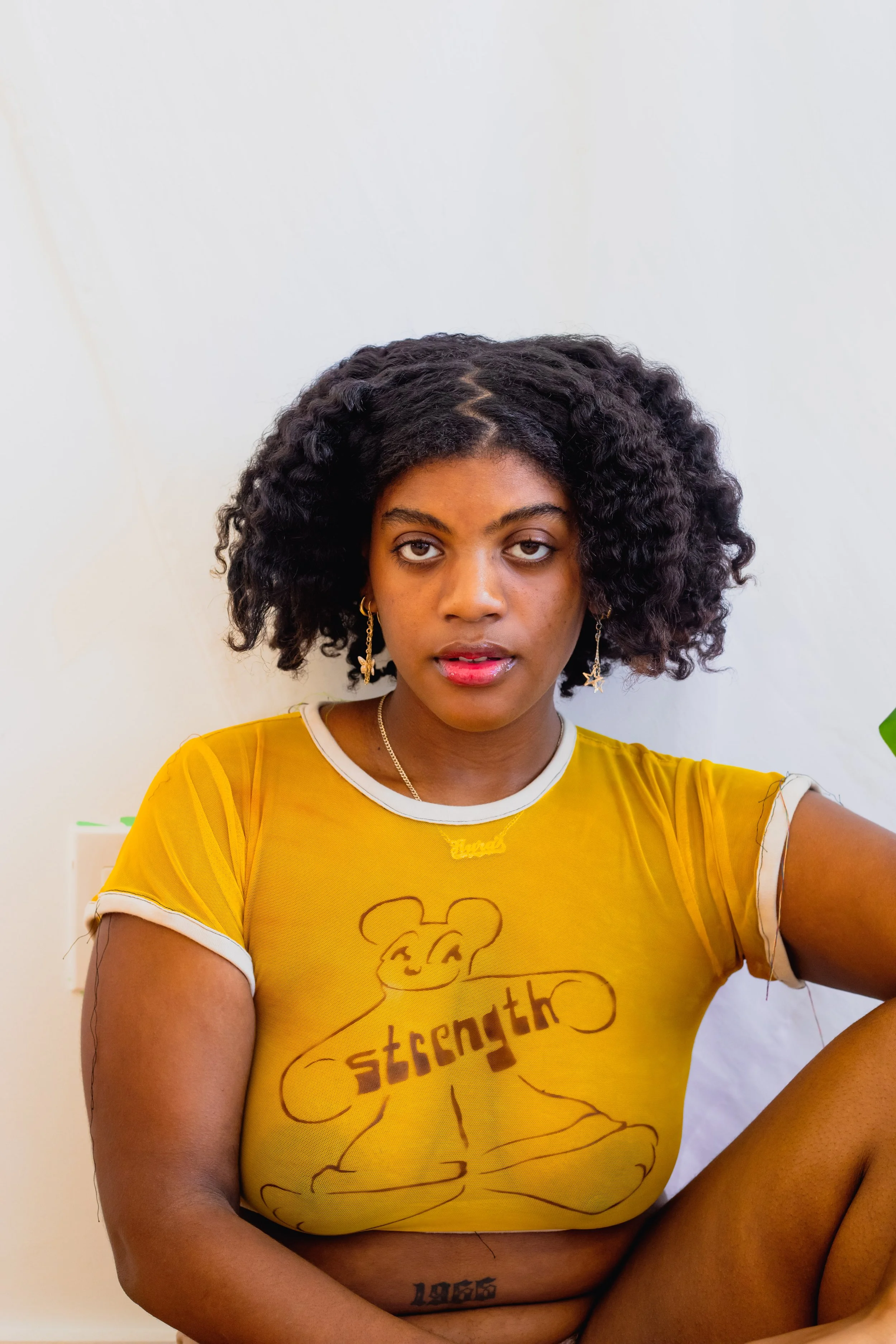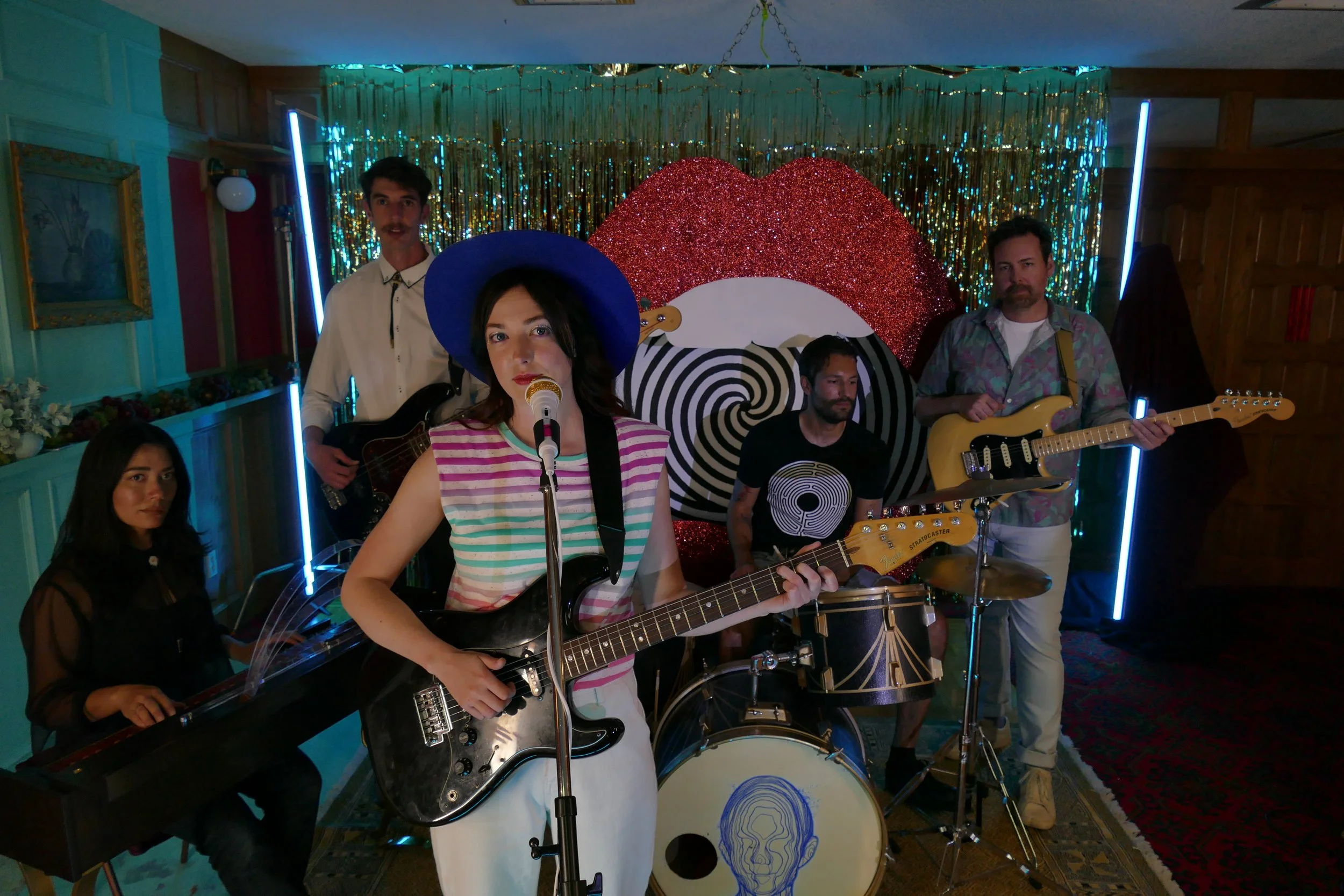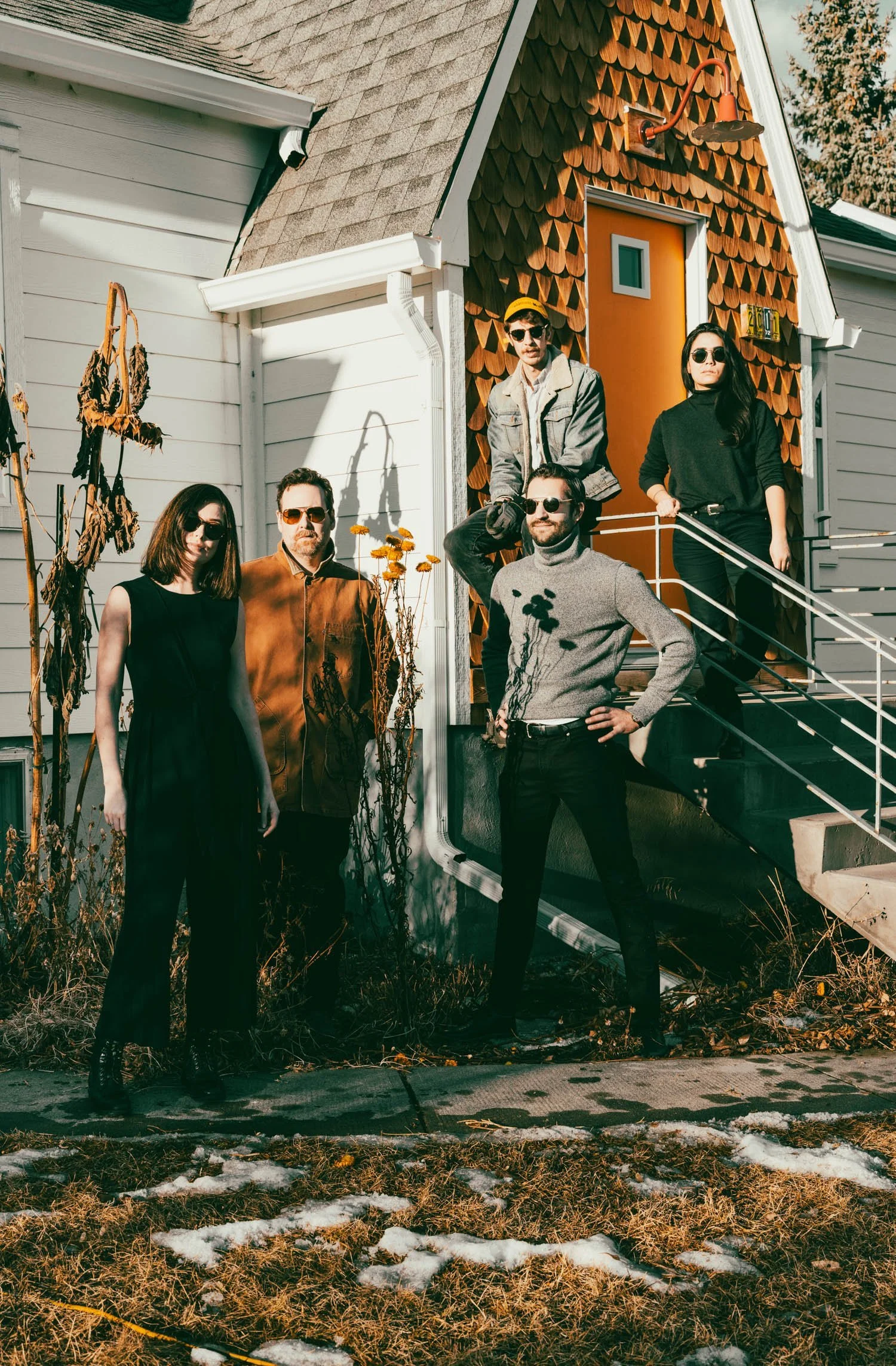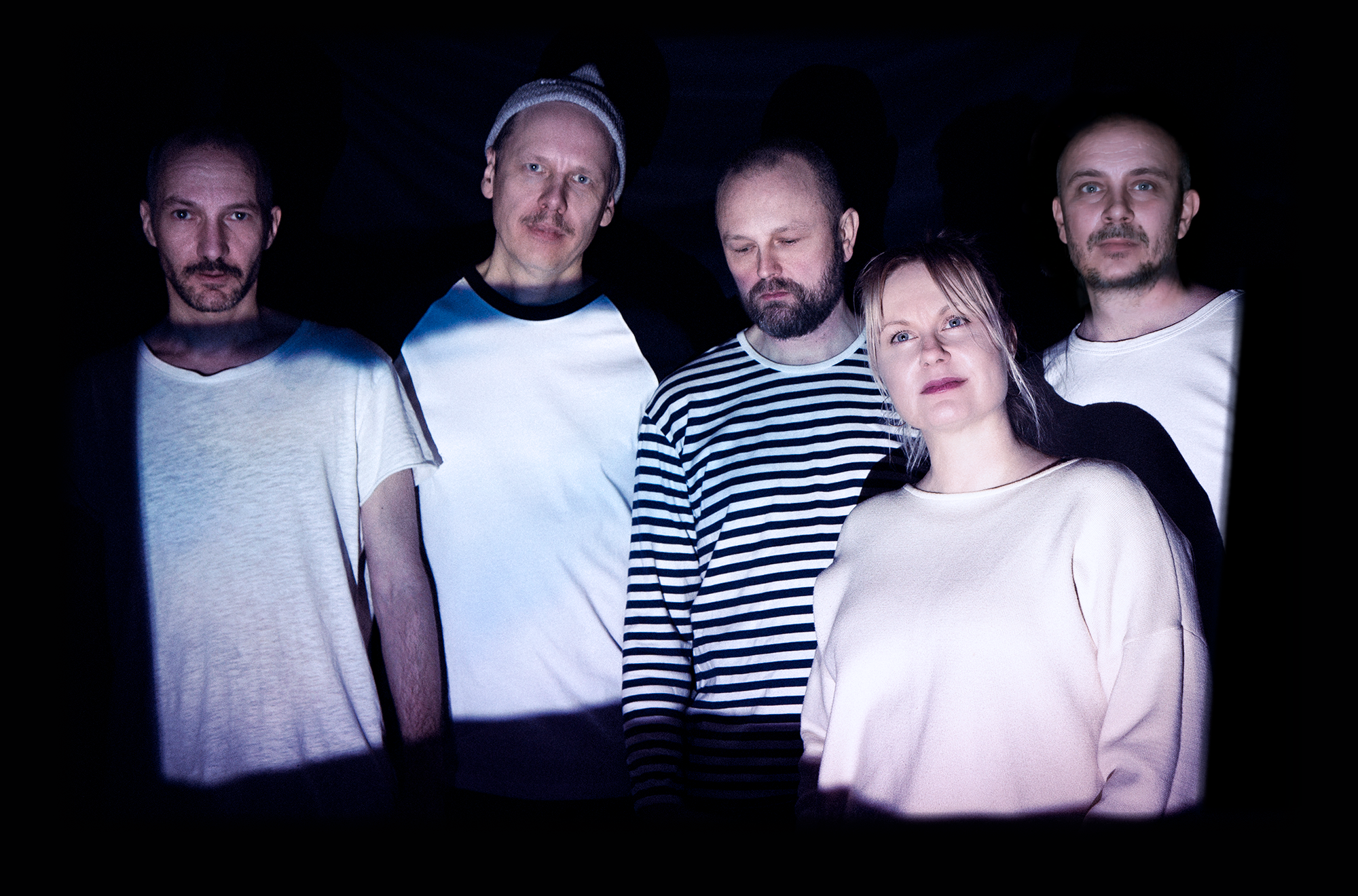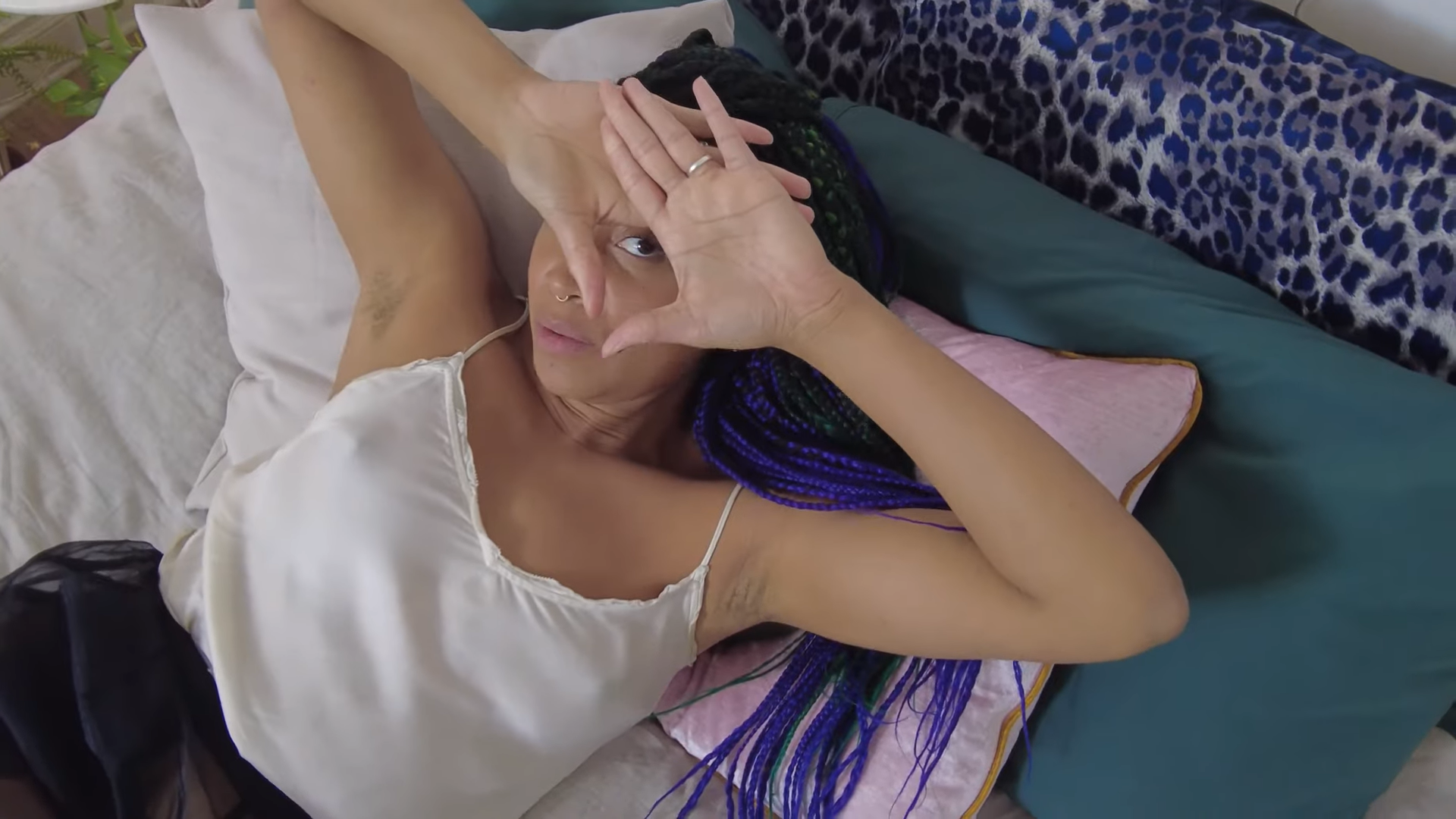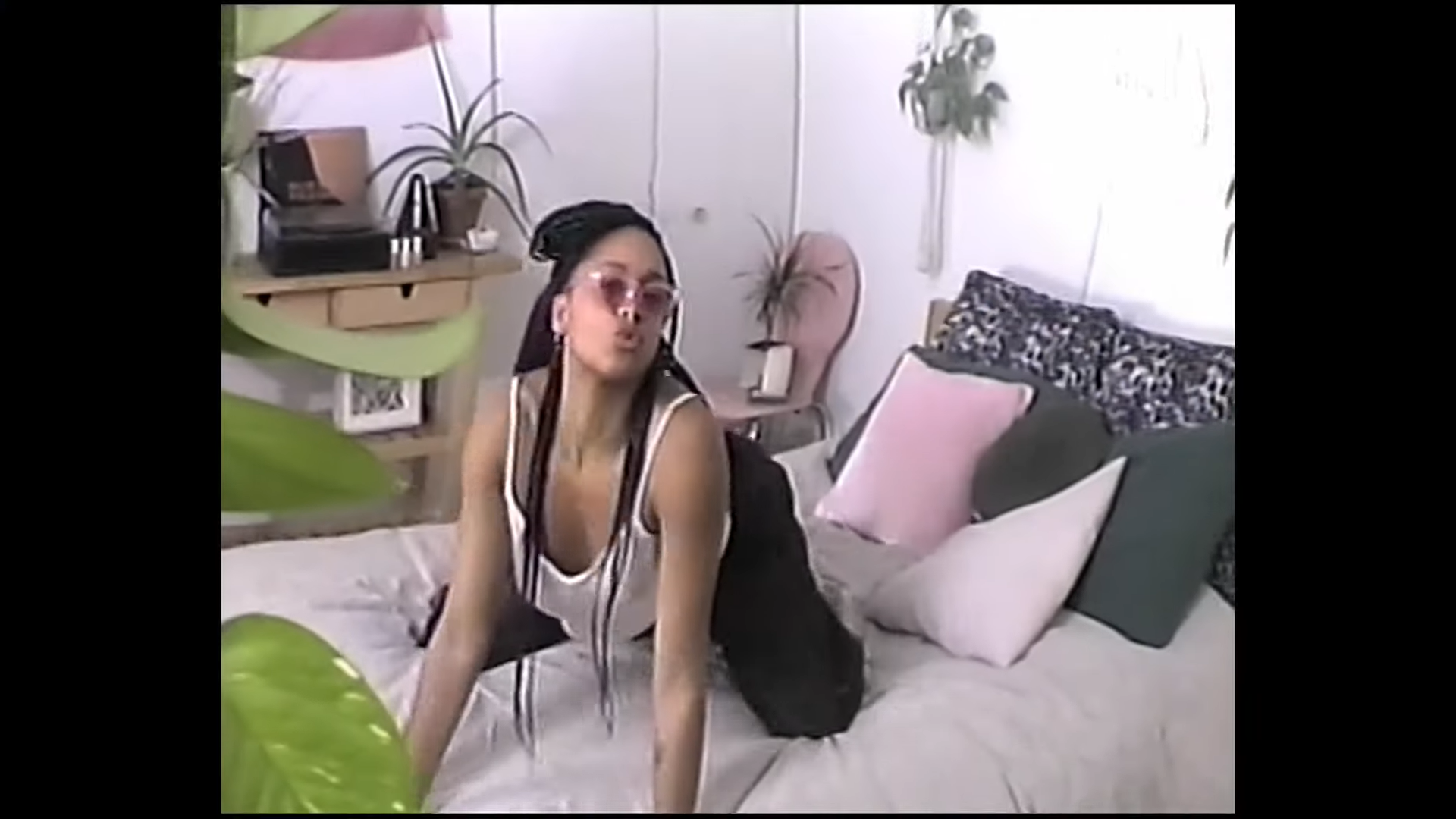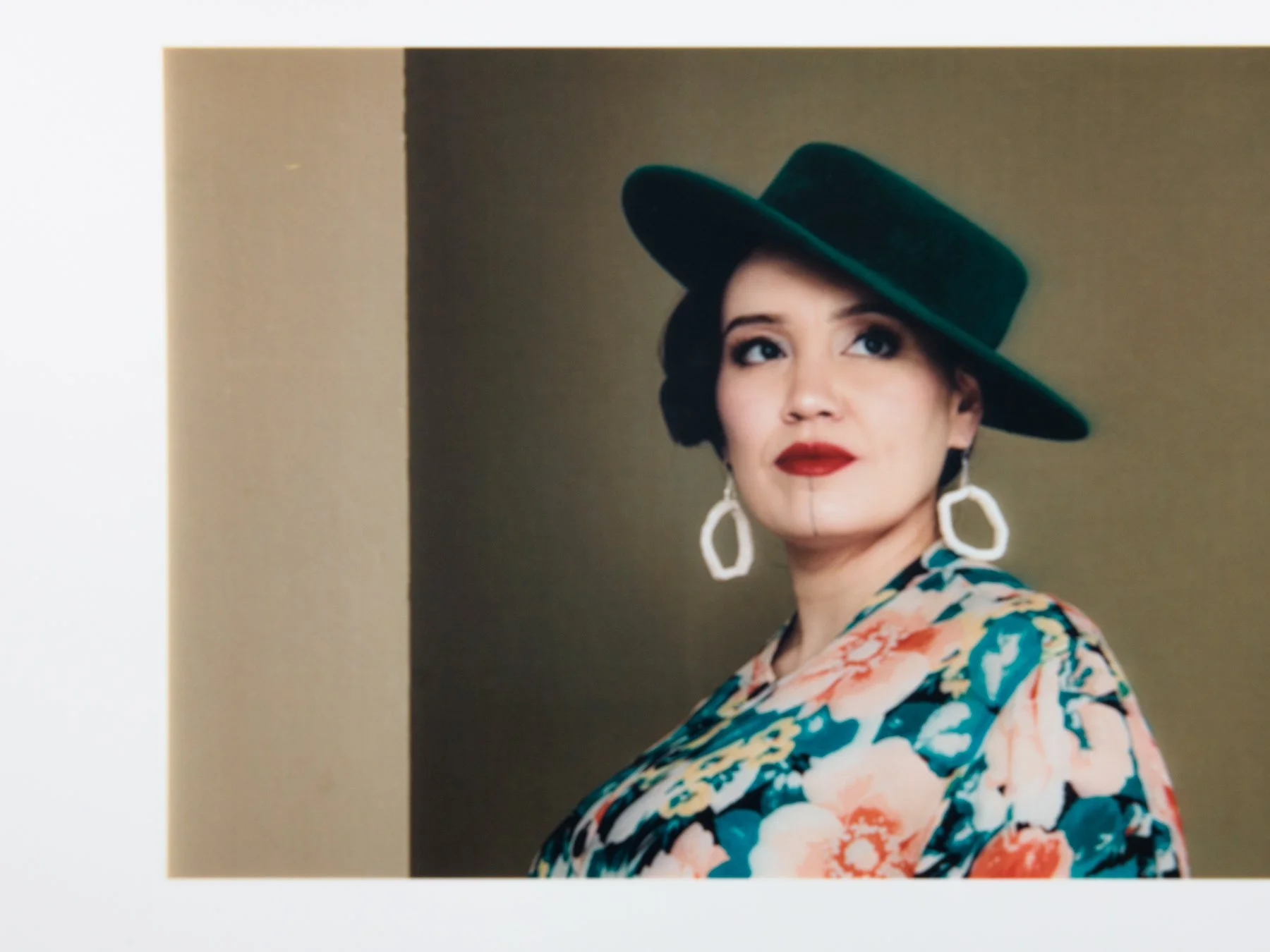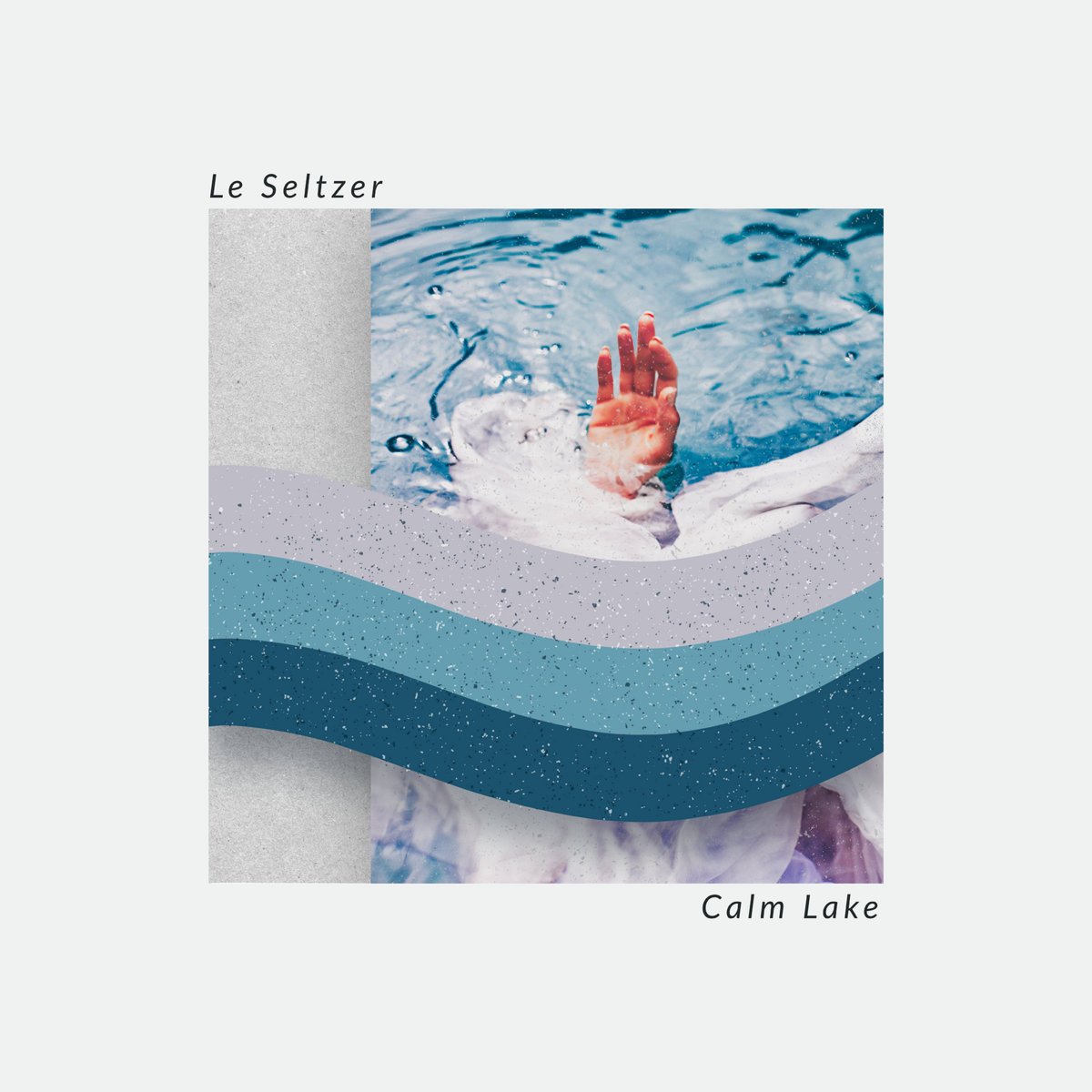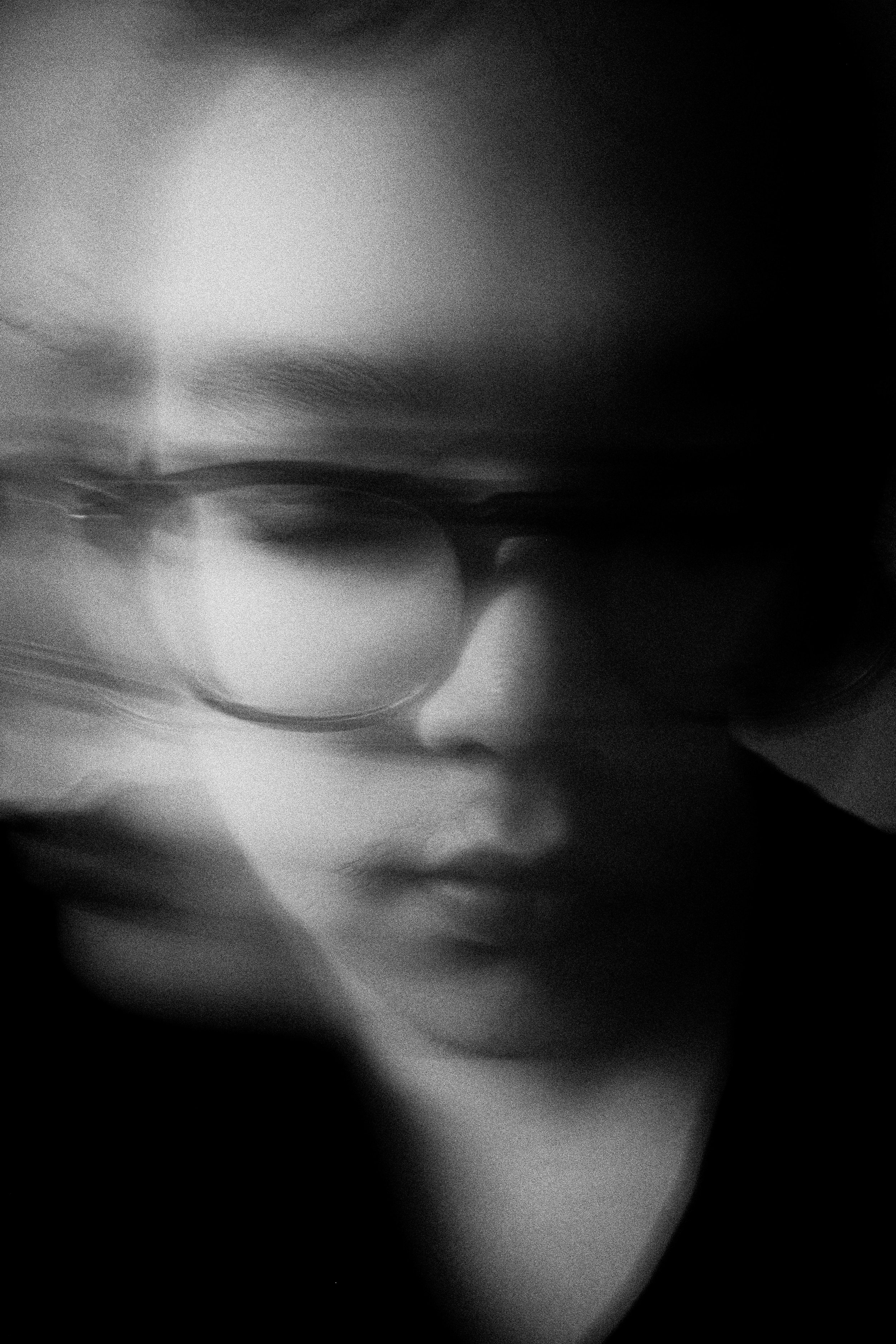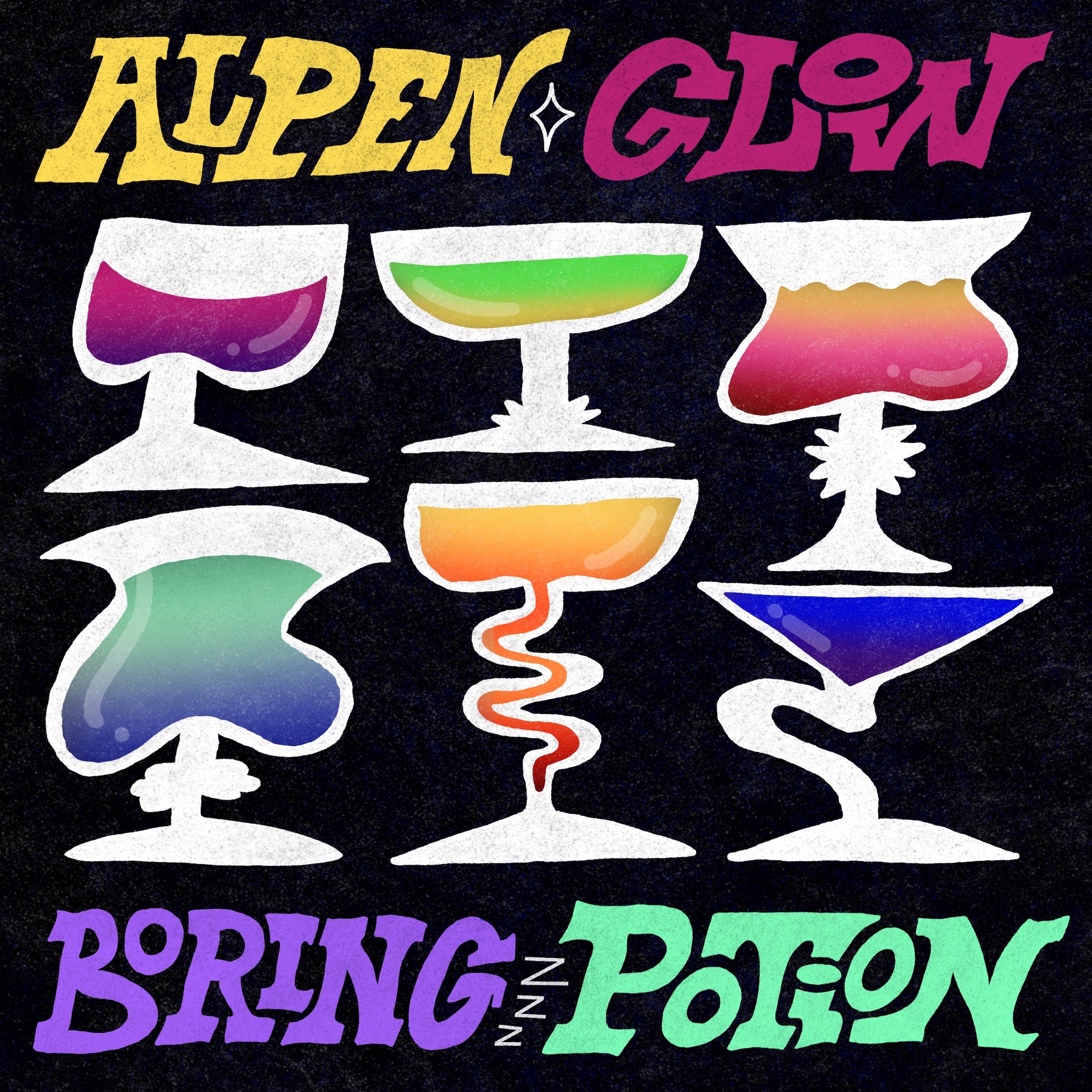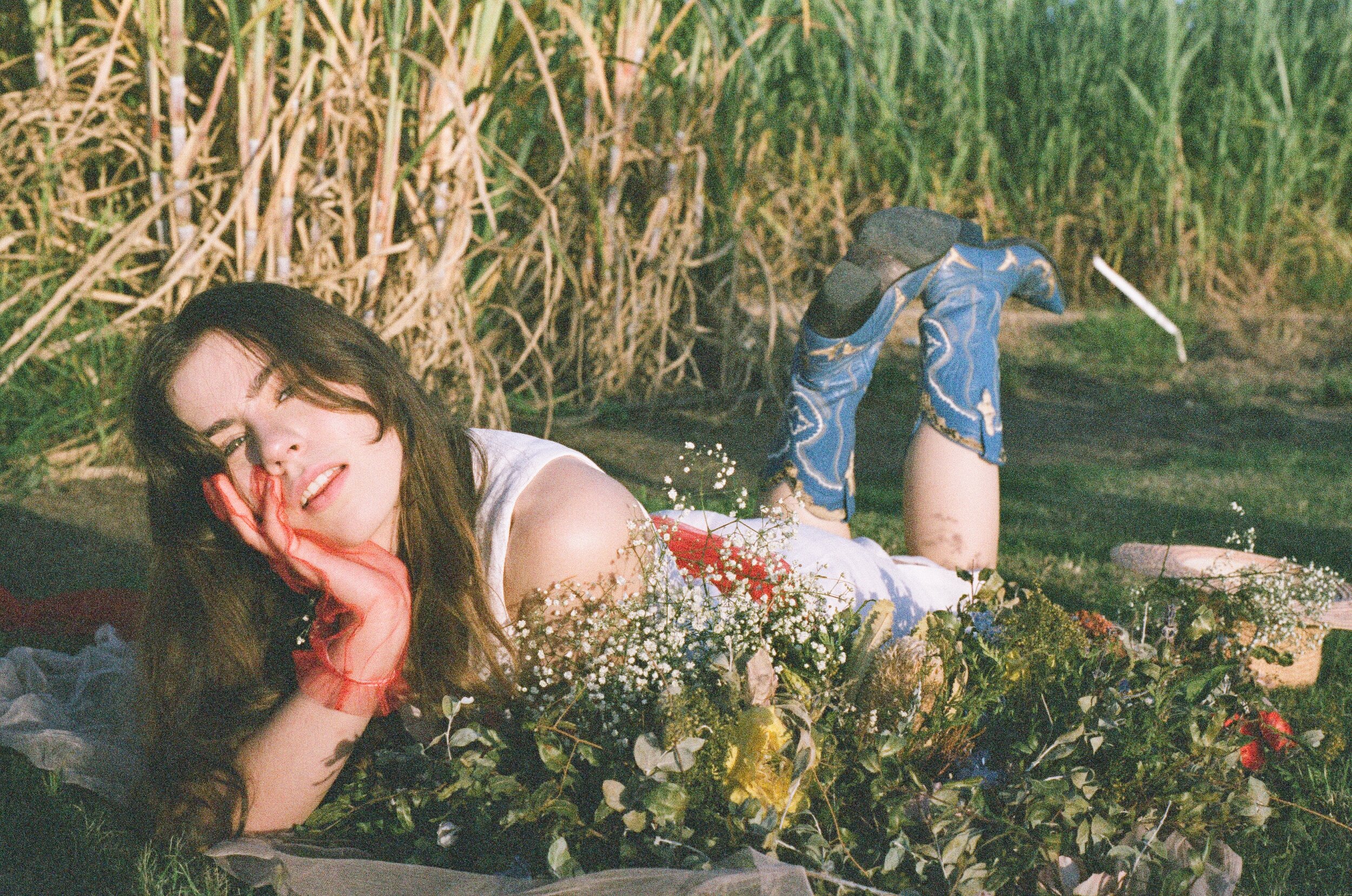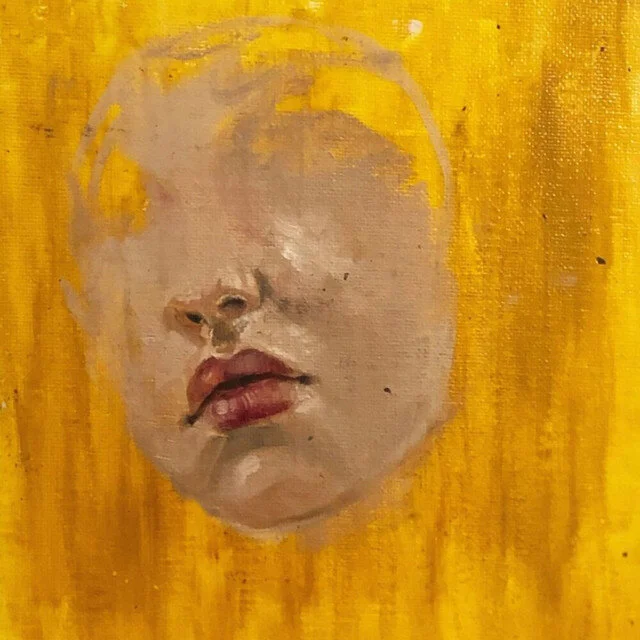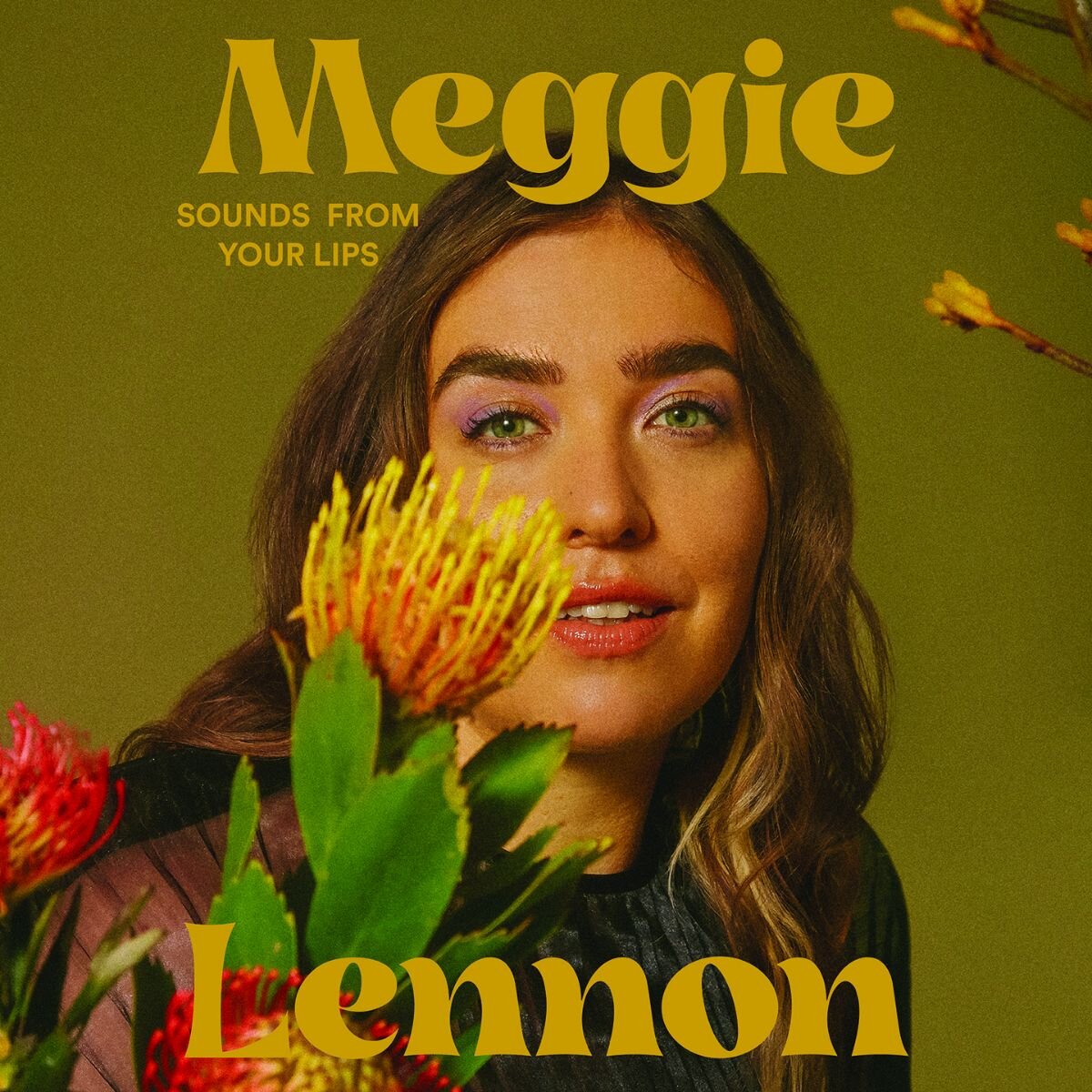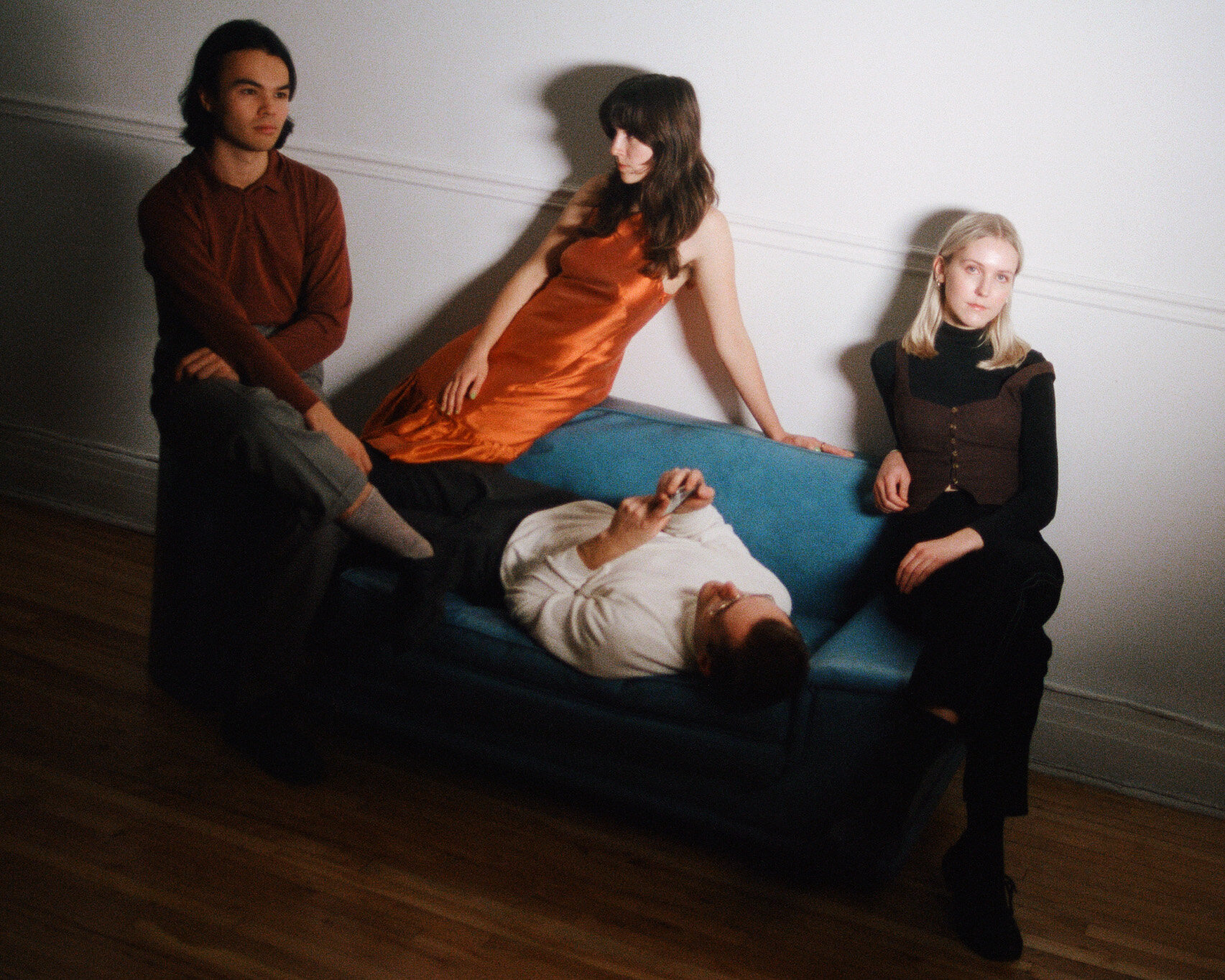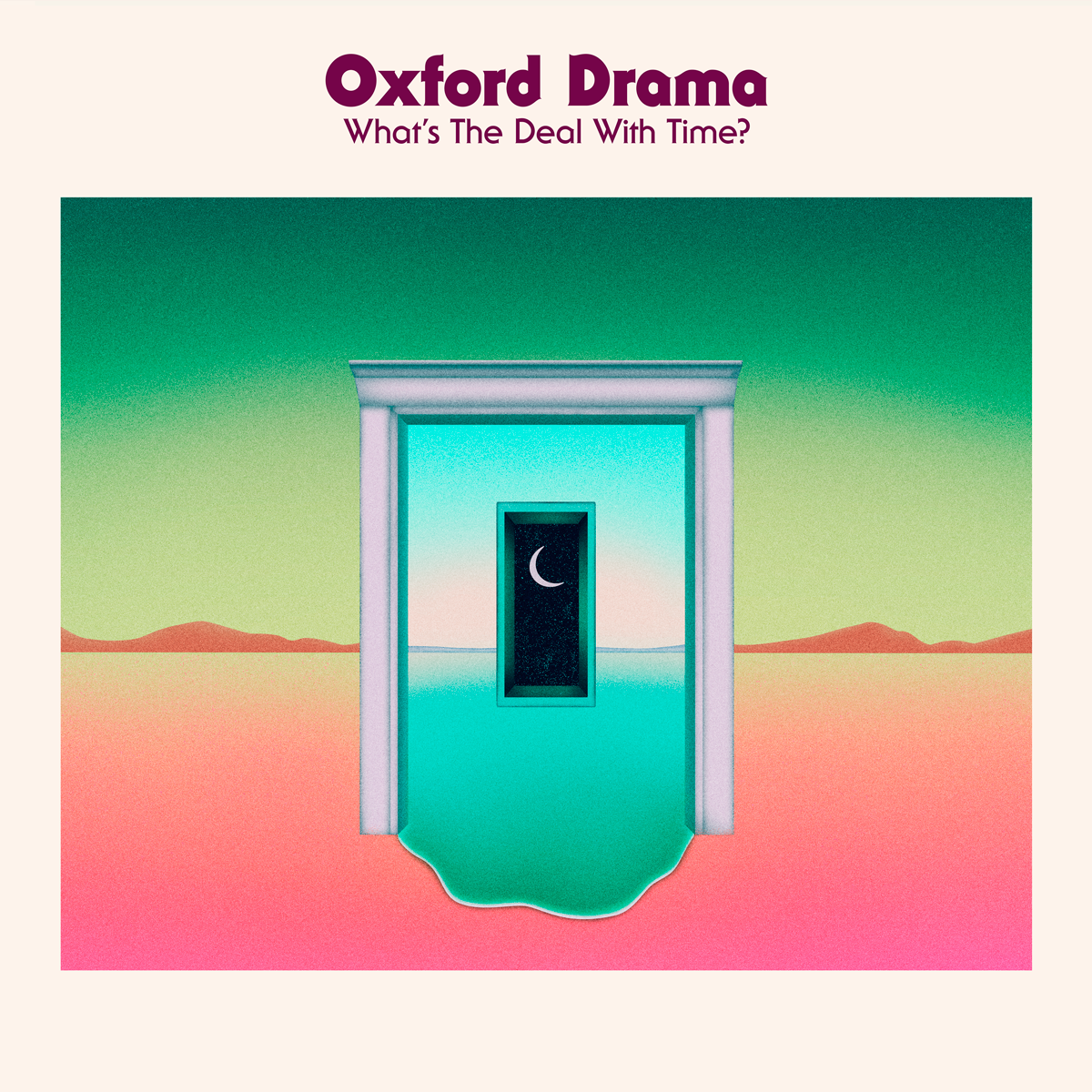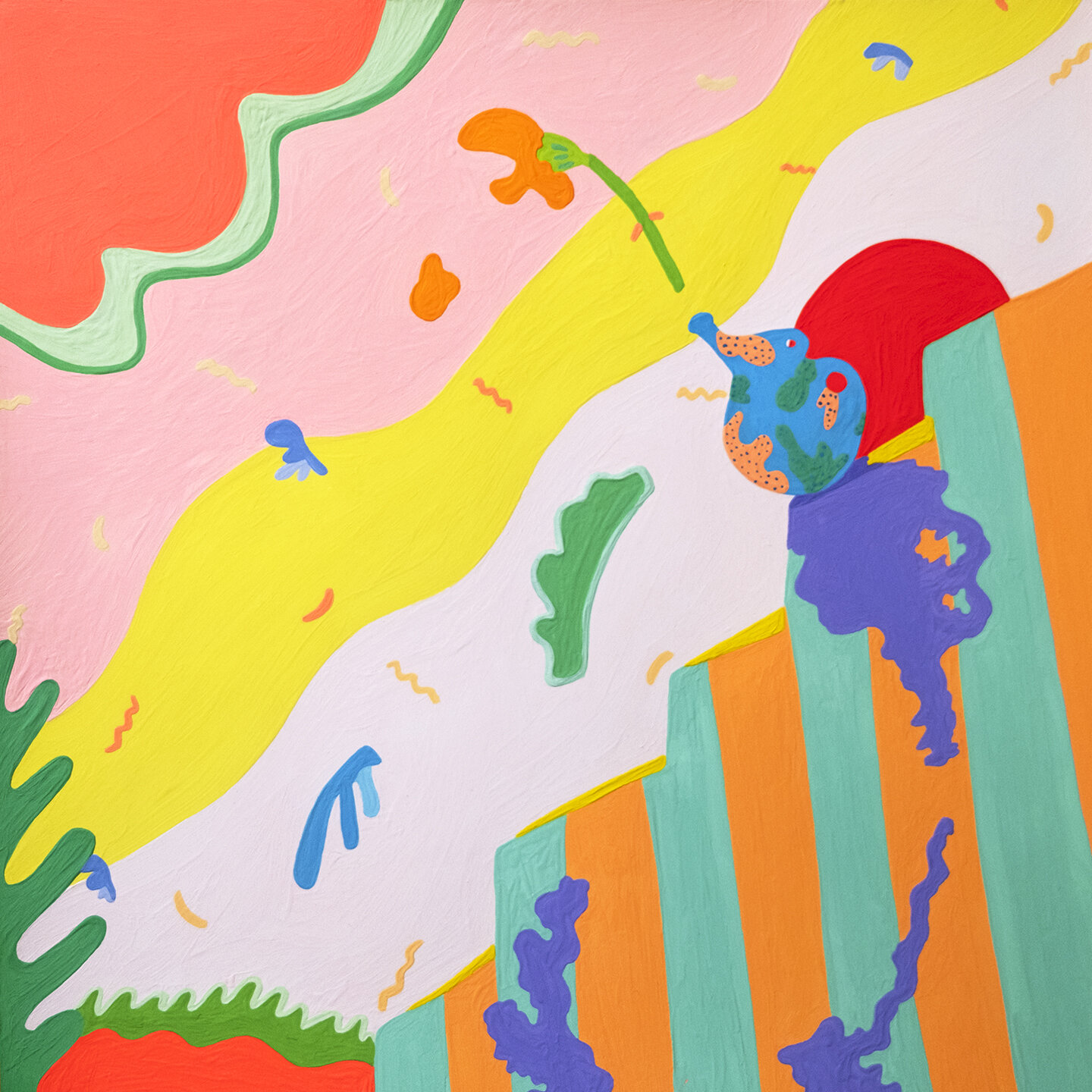Homework, Cats, and Rock'n'Roll: An Unforgettable Evening with the Linda Lindas (POP Montreal)
The Linda Lindas by Zac Farro
Festival season in the city carries a potent charm, as it dusts its magic over sticky bar floors and croaking choruses. The venue-hopping antics of last weekend’s POP Montreal returned with a particular fervour, highlighting a stellar showcase of industry fixations both emerging and established. Among these acts were the Linda Lindas – the LA teen punks whose rise to the top has warmed hearts around the world.
As I stomped into Theatre Rialto for their headlining show, my first realization was the number of kids anxiously awaiting the group. This was not a surprise, necessarily, but more of an endearing reassurance; an element that would reinforce itself throughout the show was the Linda Lindas’ earnest awareness of their fanbase’s vast demographics. The show felt like a safe space for fans of all stripes – a place to indulge one’s wildest musical fantasies and learn what’s possible in the world of rock.
From that first note of “Linda Linda,” the band emanated rays of remarkably-infectious confidence. “I want you all to scream as loud as you can,” commanded guitarist-vocalist Bela Salazar, moments before vibrantly flailing during a strobey instrumental break. “I want us to get kicked out of the frickin’ venue.” The friendship between the four teens was palpable, and their appreciation for punk rock and its motifs of eccentricity lit the stage the whole night. Between coordinated sways and jittering struts, the group carried themselves with coolness that felt easy to absorb.
Eloise Wong, Bela Salazar, and Mila de la Garza of the Linda Lindas
Mila de la Garza and Bela Salazar of the Linda Lindas
What arguably felt coolest of all, however, was the Linda Lindas’ youthful sincerity. Guitarist-vocalist Lucia de la Garza rambled about homework with a shyness that felt all too familiar, and Salazar shared two goofy bangers about her beloved cats Nino and Monica. The Linda Lindas are nobody but themselves—Riot Grrrl apostles waiting on high school diplomas—and their authenticity made even the small talk about Montreal’s chilly weather feel charming.
The show came to a close with two numbers that shook the walls. “Racist, Sexist Boy” has garnered pandemic infamy with its rendition at the LA Public Library, but its disparaging grit hit Rialto with an authoritative new sheen. The audience kicked and screamed with bassist-vocalist Eloise Wong and drummer-vocalist Mila de la Garza as everyone slayed their own visions of racist, sexist boys. Closing out the show was a cover of Bikini Kill’s “Rebel Girl”, a mainstay of their shows that made it all the way to Amy Poehler’s film MOXIE!. Wong’s sheer joy in relaying the lyrics hit every heart in the venue. I found myself humming the song and reliving my own memories—juvenile cruises in my high school car, which I named after Kathleen Hanna—the whole way to the Diving Bell.
When the show wrapped, myself and many others lingered to reckon with the force of what we just heard. Gathered at the stage’s edge were many of those same kids, hoping for one last memory of their heroes before they jetted back Stateside. I smiled at one girl’s “Vive les Linda Lindas” sign, which made it onto the stage (with the band’s genuine appreciation) sometime in the evening. Another beret-capped girl was still glowing, swarmed by her friends to touch the guitar pick that Salazar handed her near the end of the night. As the four musicians waved their final goodbyes, Mila de la Garza asked Salazar which child made the “Vive les Linda Lindas” sign. Salazar pointed, and the duo smiled and waved. The pure hope and the punk rock fire in that preteen fan’s soul—two sensations that the Linda Lindas have proven can be compatible—surely never glowed quite as bright.

